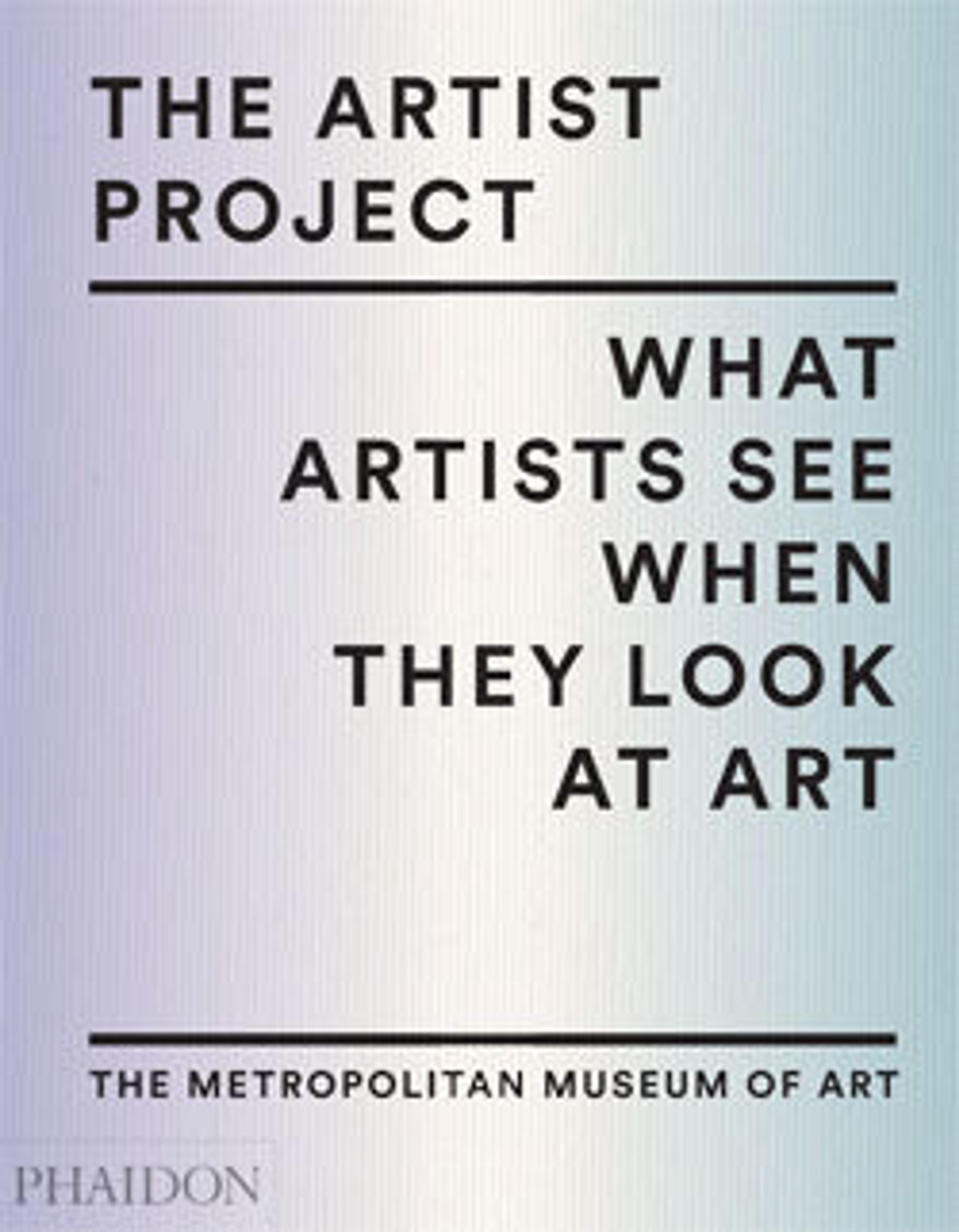The Birth of the Virgin
Breaking with convention, the artist shows the Madonna’s birth in contemporary terms. In the background the newborn baby is bathed by midwives while in the foreground women greet each other. The imposing palace, patterned on the Ducal Palace of Urbino, is decorated with reliefs derived from Roman sculpture. The picture is from an altarpiece commissioned in 1467 for Santa Maria della Bella in Urbino (a companion panel is in the Museum of Fine Arts, Boston). In Florence, Fra Carnevale worked with Filippo Lippi; he also knew the paintings of Piero della Francesca and probably met the architect-theorist Leon Battista Alberti.
Artwork Details
- Title:The Birth of the Virgin
- Artist:Fra Carnevale (Bartolomeo di Giovanni Corradini) (Italian, born by 1416–died 1484 Urbino)
- Date:1467
- Medium:Tempera and oil on wood
- Dimensions:57 x 37 7/8 in. (144.8 x 96.2 cm)
- Classification:Paintings
- Credit Line:Rogers and Gwynne Andrews Funds, 1935
- Object Number:35.121
- Curatorial Department: European Paintings
Audio
5069. The Birth of the Virgin
0:00
0:00
We're sorry, the transcript for this audio track is not available at this time. Please email info@metmuseum.org to request a transcript for this track.
More Artwork
Research Resources
The Met provides unparalleled resources for research and welcomes an international community of students and scholars. The Met's Open Access API is where creators and researchers can connect to the The Met collection. Open Access data and public domain images are available for unrestricted commercial and noncommercial use without permission or fee.
To request images under copyright and other restrictions, please use this Image Request form.
Feedback
We continue to research and examine historical and cultural context for objects in The Met collection. If you have comments or questions about this object record, please contact us using the form below. The Museum looks forward to receiving your comments.
